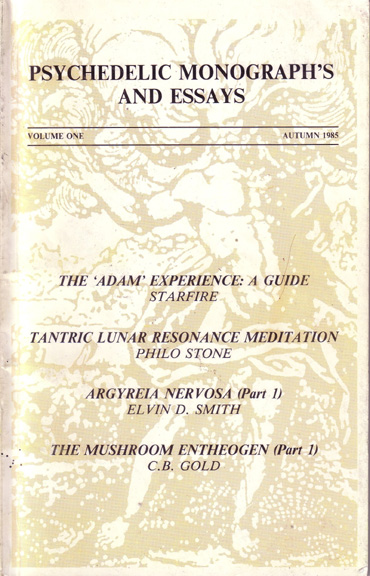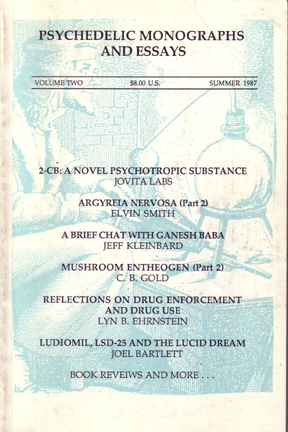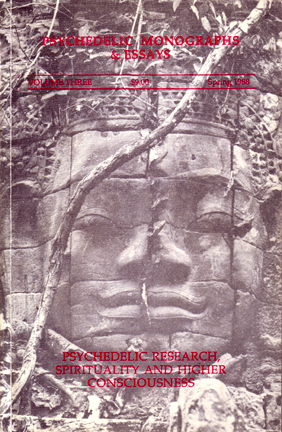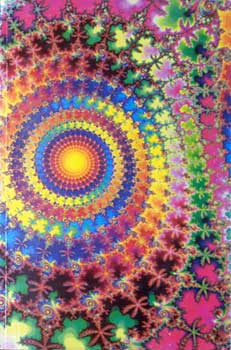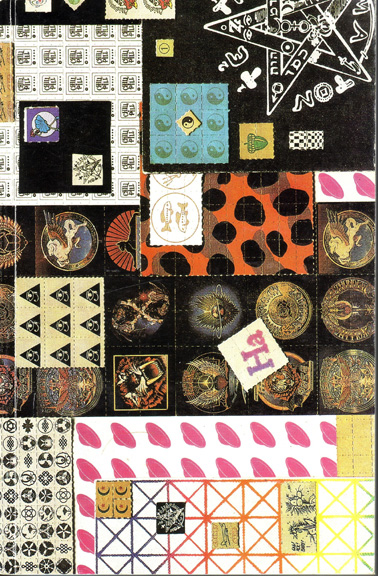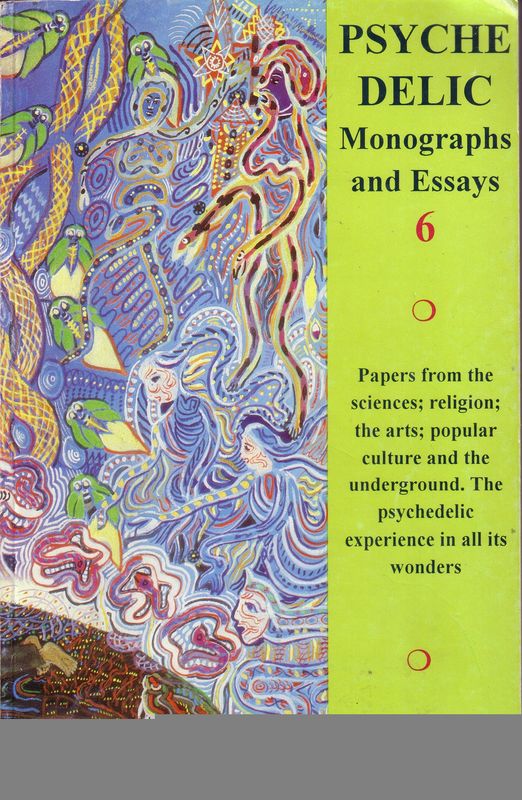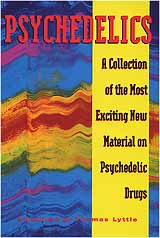PUBLISHING
Photo Gallery
Can we out-trick the Trickster? Can we use our imaginations to cure the imagination? Can we use magick? Through ritual? or even writing? The hermetic personality is the magician, the shape-shifter, the trickster even liar - the chameleon. Alchemy and magick were the psychological languages of the past. Synchronistic events are those subjective experiences that make up life's meaningful coincidences. Hermes is the magician who has the ability to cross dimensional boundaries, as a mediator between the human and the divine, the personal psyche and the unconscious. The Hermetica included works on magic, alchemy, astrology, healing, gnosis, theurgy, ritual and philosophy. These texts were based on notions of sympathetic magic, that like substances sharing an essence could influence one another through resonance effects. Likewise the hypnotic and magnetic qualities of charismatic individuals can create rapport with others to influence them. Writing was originally a form of magic, an epiphany with the god and secret of the priests. It is perhaps mankind's most far-reaching creation, taking almost an infinite variety of forms. Many societies have created their own forms of conventional visible marks linked to spoken language. No other invention but the wheel has had such a lasting impact. A holistic understanding of the universe presents itself to the mind through experience and is comprehended at the theoretical level through the activities of science. We create myths to satisfy our need to understand our environment and to give us some sense of control over it, or at least an understood place within it. A given myth has stability (is an enduring structure of relationships of meaning) because it is adaptive psychophysiologically for an individual or social group. We need a way to make the myth real to us, and that is the fundamental reason why we connect ritual to our myths. One way of describing rituals, then, is that they are motor actions that seek to enact the reality of the mythic structure of meaning our brains instinctually produce. The simultaneous strong discharge of both parts of the autonomic nervous system creates a state that consists not only of a pleasurable sensation, but, also, under proper conditions, a sense of union with conspecifics and a blurring of cognitive boundaries. Both meditation and ritual can lead to the spillover effect and the simultaneous discharge of the arousal and quiescent systems. But they come at the experience from different directions. Meditation begins with the quiescent system and by its hyperactiviation can achieve spillover into the arousal system (from trophotropic to ergotropic). Ritual approaches from the opposite system (from ergotropic to trophotropic).
Psychedelic Monographs and Essays 1-6
Thomas Lyttle, Editor/Publisher
Psychedelic Monographs and Essays Fort Lauderdale, FL 33001
Sample Photo 1
Sample Photo 2
Sample Photo 3
- The 'Seven Deadly Sins' of Media Hype Considered in Light of the MDMA Controversy, by Thomas & June Riedlinger
- The Breaching of Don Juan's Teaching: A Twenty Year Review of Carlos Castaneda's The Teaching of Don Juan (1968), by Ray Clare
- A Visit with the Albert Hofmann Foundation, by Phoenix
- Meditation and Resonance Effects, by Philo Stone
- Risk Assessment: The FDA and MDMA Research, by Rick Doblin
- A Chemical and Pharmacological Review of U4Euh / Intellex, by The New Age Chemist
- The Mushroom Entheogen - Part III: Harvesting and Storage (with Appendices), by C.B. Gold
- Criminalizing the Natural, by Dr. Timothy Leary
- The Poet and the Dreamer: A Perspective on R. Gordon Wasson and Timothy Leary, by Thomas Riedlinger
- Where the Pantagruelion Grows, by Ben G. Price
Sample Photo 4
PM&E5
Part One - Psychology
- Disney's Intrapsychic Drama - Snow White and the Seven Dwarfs - A Grofian Interpretation, by Dr. Thomas Roberts.
- Neurostructuralism and Hallucinations, by Thomas Lyttle and Elvin Smith
- A Big One, Early On, by Jack Call
- Mike's Story, by Phoenix Research Foundation
- A Holographic Concept of Reality, by Richard A. Miller, Burt Webb, and Darden Dicksen
- Pain, Death and LSD: The Work of Dr. Eric Kast, by Francis Gerard
- Magic Grams: Investigations into Psychedelic Consciousness with Dr. Oscar Janiger, by Peter Stafford
- The Pineal Gland: Current Evidence for its Role in Consciousness, by Dr. Richard Strassman
- Amanita muscaria: Mycopharmacological Outline and Personal Experiences, by Fancesco Festi, and Antonio Bianchi
- The Mushroom Entheogen: The Measure of the Mushroom, by C.B. Gold
Sample Photo 5
Sample Photo 6
Psychedelics... A Collection of the Most Exciting New Material on Psychedelic Drugs
Psychedelics... is a broad and serious inquiry into the nature of psychedelic drug use. It provides powerful examples of why people use these substances and why they stay true to the subject. Why are these substances so popular among the young? Are they dangerous? Can they really be used in therapy? Are there religious implications? Why are they revered as sacraments in other cultures? Who are the people who use them? Why is Madison Avenue so enthralled with the psychedelic sub-culture of the 1990’s? The 1990’s has seen a resurgence of interest in psychedelic drugs and culture, and a new wave of experts and pundits has emerged within the field. Psychedelics offers original, contemporary articles written by those who are at the forefront of this movement. If you have an interest in psychedelic drugs and culture, and are wondering what is going on today, Psychedelics will serve as an excellent introduction.
